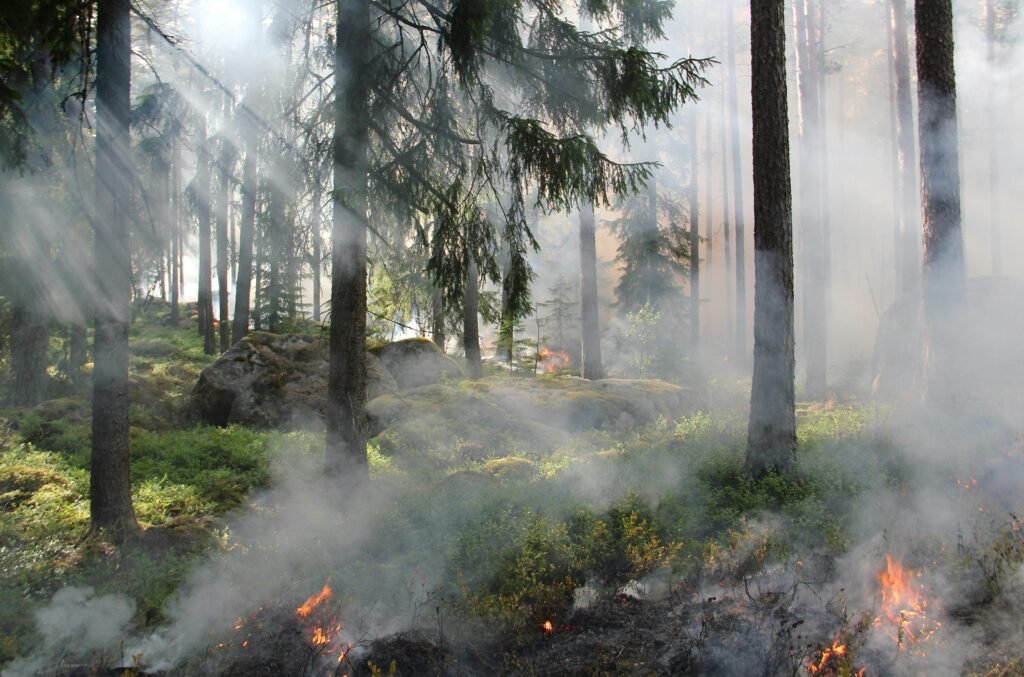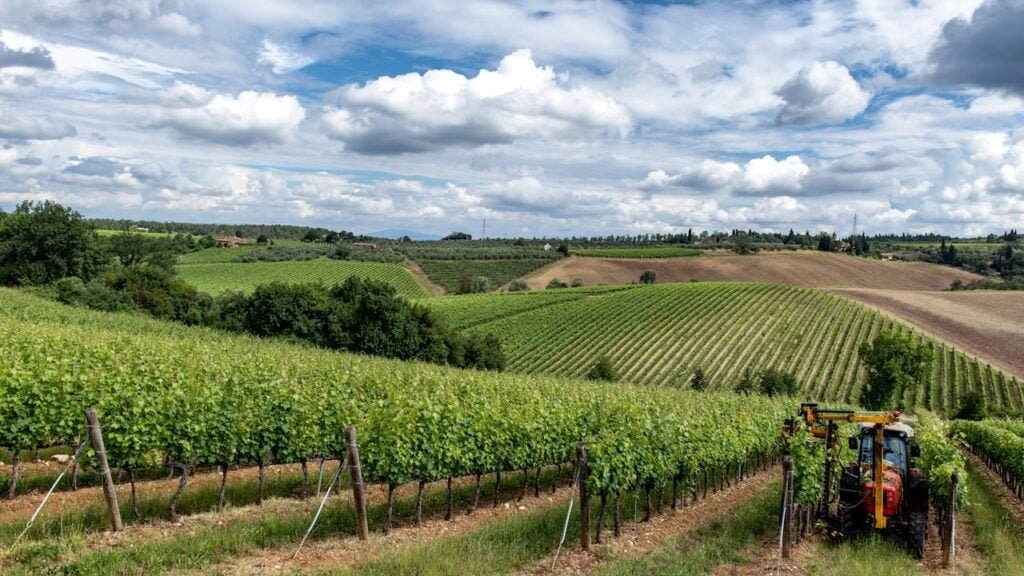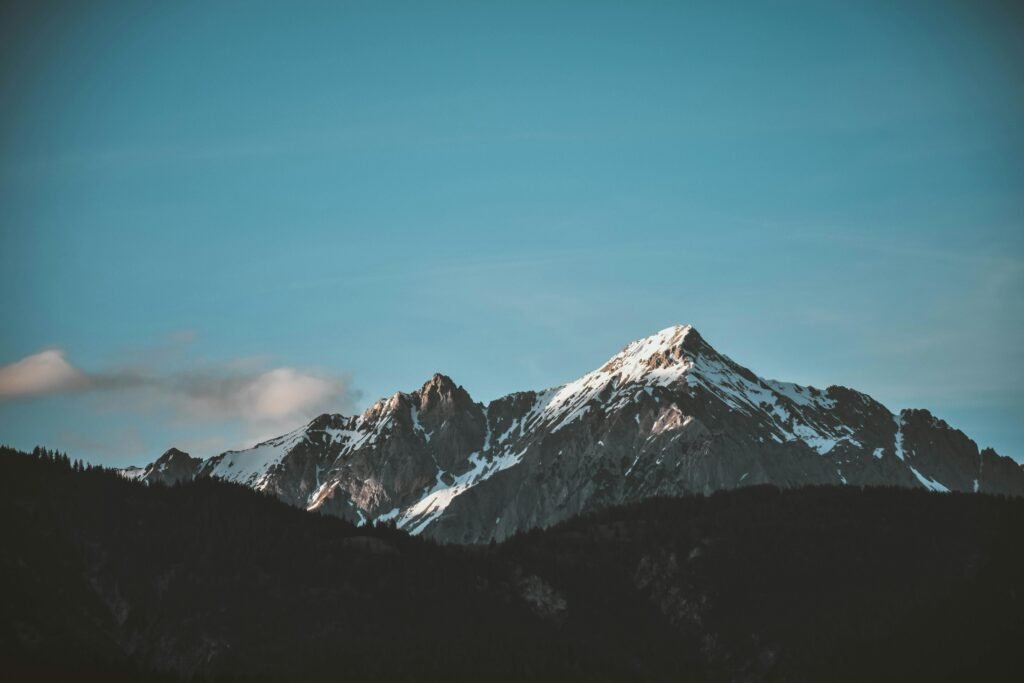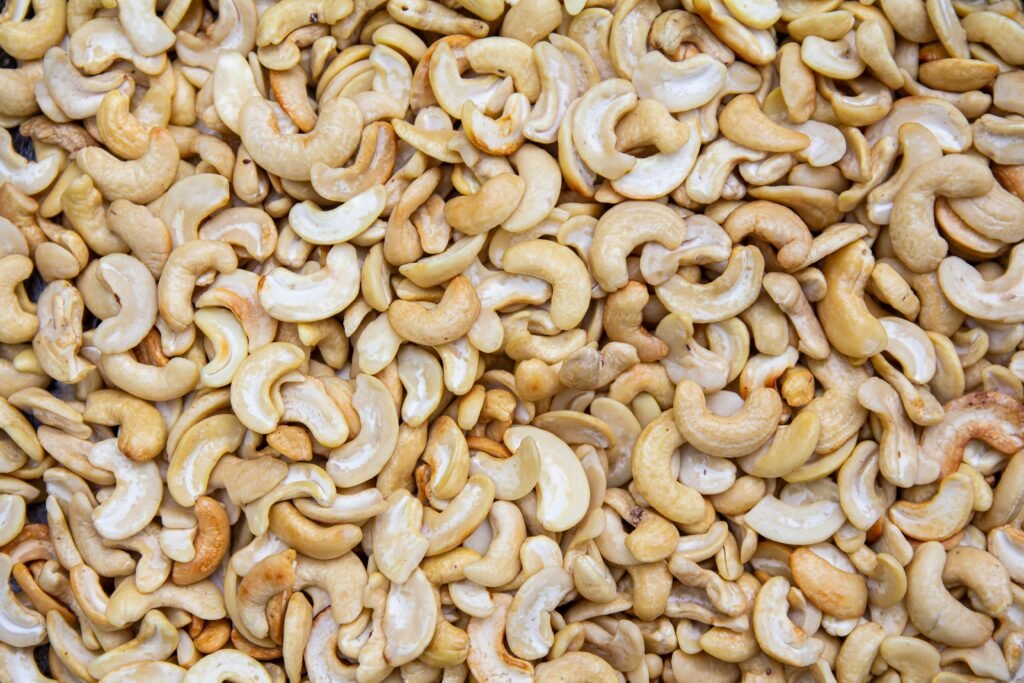
Picture a quiet hill town—cool air, green slopes, and snowy peaks. Now imagine wildfires, floods, and crumbling land taking over. That is what climate change is doing to hilly regions today. Places like Uttarakhand and Himachal Pradesh in India, or the Alps in Europe, used to be safe spots with steady weather. But now, rising heat and wild storms are hitting them hard. News of landslides and dried-up springs is common, and we need to act fast. Let us dive into what climate change is, how it messes with hills, and what we can do, so you understand the trouble and feel ready to help
What Is Climate Change?
Climate change is when Earth’s weather and temperatures shift big over time. It has happened before—think ice ages—but today, humans are the main cause. We burn fossil fuels like coal, oil, and gas for power and cars, pumping out greenhouse gases—stuff like carbon dioxide and methane that trap heat in the air. This heat cannot escape, so Earth warms up, like a greenhouse with glass walls.
Other things we do make it worse. Cutting trees for farms or towns means less carbon dioxide gets soaked up—trees are like sponges for that gas. When we chop them down, stored carbon spills back out too. Factories, farming, and even trash piles add more gases, shaking up weather everywhere. Because of this, we see wilder storms, hotter days, and rising seas. In hilly regions, where slopes and snow matter, these shifts hit extra hard. Knowing this helps us see why hills need our attention now.
How Climate Change Hits Hilly Regions
Hilly regions feel climate change loud and clear because their steep land and cool climates cannot handle big swings. Rising heat brings wild rain—sometimes too much, sometimes none at all. Heavy downpours soak loose soil, sparking landslides that smash homes and roads. For example, in Uttarakhand, floods in 2021 washed away whole villages after crazy rain. Because slopes are sharp, water runs fast, making trouble worse.
Snow is changing too. Hills depend on snowmelt—when it thaws in spring—for water to grow crops and drink. But warmer air melts it early, leaving rivers dry when farmers need them most. In Himachal Pradesh, apple farms suffer because water vanishes by summer. So, food gets scarce, and money from crops drops. Plants and animals shift too—some bugs move up hills as it heats, messing with old balances and hurting biodiversity, the mix of life that keeps nature strong.

How It Hurts Local Communities
People in hills face tough times from climate change. Most grow food or raise animals, relying on steady rain and cool air. But wild weather—hot spells or sudden floods—ruins crops like rice or wheat. In northeast India, farmers see less every year because rain comes wrong or not enough. Because they lack fancy tools or cash, families struggle to eat and pay bills, shaking their whole way of life.
Disasters push folks out too. Landslides and floods rip away houses and fields, forcing people to move. In 2013, Uttarakhand’s Kedarnath flood left thousands homeless, with schools and clinics gone. Kids miss learning, and sick folks cannot get help, trapping families in a hard spot. On top of that, losing land and homes stresses people out—worry and sadness grow when everything familiar washes away. Old traditions, like hill songs or farming ways, fade too, hitting their hearts deep.
Tourism Takes a Hit
Hilly spots draw crowds for snow, views, and trails—think Shimla or the Swiss Alps. But climate change messes that up. Early snowmelt shrinks ski seasons, and wildfires scare folks away. In 2022, Uttarakhand’s forests burned, closing tourist paths and costing locals who sell food or guide hikes. Less snow and green mean fewer visitors, so shops and hotels lose cash. Because tourism feeds hill towns, this drop hurts everyone relying on it.
Why Hills Feel It More
Hills are extra sensitive—steep slopes, thin soil, and high spots amplify every change. A little extra rain turns into a flood fast because water races down. Thin air up high warms quicker too, melting ice that feeds rivers. For example, Himalayan glaciers shrink yearly, threatening water for millions. Fragile plants and animals cannot move fast enough to new spots, so they vanish. Because hills balance on this edge, climate change tips them hard.
Steps to Fight Back
We can soften climate change in hilly regions with smart moves—both to cut harm and adapt to it.
Grow Food Smarter
Farmers can switch to sustainable ways—like organic farming with no chemicals or planting tougher crops that handle heat and dry spells. Agroecology, conservation tillage, and organic farming lower carbon emission, promote good soil health, and crop resilience. In Bhutan, folks grow millet that takes less water than rice. These tricks cut greenhouse gases from farming and keep soil solid against rain. So, food stays steady, and land holds up better.
Plant Trees Again
Reforestation—putting trees back—sucks up carbon dioxide and holds soil tight. Forests stop landslides and keep water in the ground too. In Nepal, villages plant pines to shield slopes hit by floods. Governments and groups can team up, handing out seeds or cash to get it going. Because trees fix so much, they are a hill’s best friend against climate change.
Get Communities Ready
Local folks need a say—let them plan with their know-how, like where floods hit hardest. Teach them too—schools or talks about weather shifts help them prep. In Sikkim, India, villages learn to store rainwater for dry times. Because they lead, solutions fit their lives, making hills stronger.
Work Together
Governments, communities, and helpers like NGOs must join hands. Big plans—like early warning systems for landslides—need money and ideas from all. In Switzerland, sensors spot shaky slopes fast, saving lives. Sharing tools and knowledge across borders—like India and Nepal teaming up—lifts everyone. So, teamwork builds tougher hills against climate change.

Global Examples That Inspire
Look around—hills fight back. In Peru’s Andes, farmers terrace slopes to catch rain since 2015, growing food despite wild weather. Austria’s Alps use snow machines to keep tourism alive, tweaking old ways since the 2000s. Bhutan plants trees nationwide, cutting gas and floods for years. Because these work, they show climate change in hilly regions can be tackled with grit and smarts.
Challenges to Fix It
It is not easy—hills lack cash and gear. Roads are rough, so help moves slow—think aid stuck after a flood. People up high often miss tech like weather apps too. Old habits stick—some cut trees for cash, not knowing it worsens slides. For example, in Kashmir, wood sales hurt forests fast. Because money’s tight, governments need to step in big—fund warnings, roads, and green jobs.
Why Awareness Matters
Telling hill folks about climate change fires them up. Show them how less plastic or more trees help—radio chats or village meets work. In Uttarakhand, kids learn it in school, pushing parents to act. When people get it—like how trash heats Earth—they push leaders for change. So, spreading the word builds a team to save hills.
What It Means for You
Climate change in hilly regions is not just their fight—it is ours. Hills grow food, hold water, and keep air clean for us all. Losing them to floods or heat hits everyone—less rice, muddier rivers, hotter days. You can help—cut trash, plant a tree, tell others. Because hills matter, how climate change affects hills touches your life too.
What do you think? Drop a note below—your thoughts keep this alive. Let us protect hilly regions from climate change together!
Frequently Asked Questions (FAQs)
How Does Climate Change Affect Hilly Regions Differently Than Flat Areas?
Climate change hits hilly regions harder because of their steep slopes and high spots. Heavy rain turns into floods and landslides fast—water runs down quick on hills, not slow like on flat land. Snow melts early too, drying rivers when hills need water most. For example, Himalayan peaks lose ice quicker than plains warm up. So, hills face bigger messes from the same heat and storms.
Why Are Hill Communities Struggling More with Climate Change?
Hill communities struggle because wild weather ruins their food and homes. Crops fail with odd rain or heat—they cannot grow rice if water is gone. Landslides wipe out houses, like in Uttarakhand years back, leaving folks with nothing. They often lack money or tools to fix it fast.
It hurts their minds too—losing land stresses them out, and old ways like farming songs fade. Flat areas might have more cash or roads to bounce back, but hills are stuck high up, so climate change cuts deeper there.
What Can We Do to Help Hilly Regions Fight Climate Change?
We can help hilly regions by planting trees—they hold soil and suck up heat-trapping gases. Push for smart farming too—grow tough crops that handle dry spells. Tell leaders to fund warnings for floods or slides, like sensors in the Alps.
At home, cut plastic—less trash means less gas warming hills. Join cleanups or spread the word—show folks how hills feed us all. Every bit we do lifts them up against climate change, keeping their green alive.






